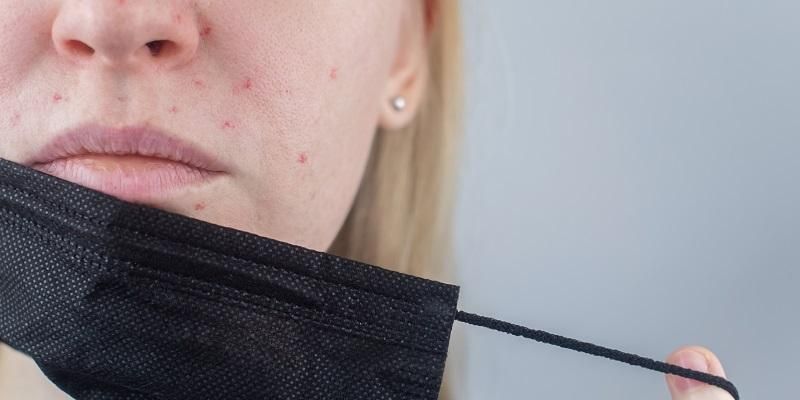
Patients experiencing long COVID are receiving “inconsistent advice” on how to resume physical activities, according to a major study.
It found that some health care professionals were recommending patients should gradually increase their physical activity levels, but the researchers warn this could result in symptoms getting worse.
Instead, they say patients should be encouraged to “pace” their return to exercise, doing enough to stay within their energy reserves so as not to cause a flare-up of symptoms.
Writing in the International Journal of Environmental Research and Public Health, the researchers from the University of Leeds said physical activity is likely to play a part in helping people to recover from long COVID, but a delicate balance had to be found between doing too much and not enough.
The researchers added: “The development of individualised physical activity programmes that could mitigate the negative health consequences of physical inactivity without worsening long COVID symptoms and facilitate a return to independence should be considered a clinical priority.”
Nearly 500 people with long COVID were surveyed as part of the study. On average, they had been living with the condition for more than a year.
The vast majority (75%) reported that physical activity made their symptoms worse, 20% said physical activity sometimes improved symptoms and sometimes made symptoms worse, 1% noted it improved them, with the remainder noting it had no effect on symptoms. Many of the respondents said when they were able to be active, it helped improve their mental health and wellbeing.
Dr Manoj Sivan, Associate Professor in the School of Medicine at Leeds who co-supervised the research, said: “It is estimated that around two million people in the UK are now living with long COVID. Many struggle to be independent and rely on family, friends and carers to support them with daily living tasks. People are unable to work or work part time.
“The relationship between physical activity and the condition is not similar to other long-term conditions - in that pushing for more activity is not always good in long COVID, and there needs to be careful planning and a structured tailor-made programme to become active again.”
Pacing strategy
Dr Sivan, who also is the World Health Organisation advisor for Covid rehabilitation policy in Europe, led a team to write the WHO self-management booklet on Long Covid, which provides a comprehensive strategy for returning to physical activity using a cautious pacing approach.
Dr Sarah Astill, Associate Professor in the School of Biomedical Sciences who co-supervised the research, said: “Individuals with long COVID who are inactive run the risk of other chronic health problems such as cardiovascular disease, depression and reduced quality of life.
“We urgently need to find the best way to manage the growing numbers of people now living with long COVID.”
Advice from health care professionals
The survey looked at the sources of information long COVID patients received about resuming physical activity. Just under half (46%) received advice from a health care professional.
The second most popular form of advice was for patients to follow graded exercise therapy, where activity is incrementally increased to improve exercise tolerance. The researchers say graded exercise therapy risks some patients doing too much, too soon.
A paced return to exercise, which is the recommended form of therapy in most long COVID cases, was the fourth most popular form of advice.
The researchers call on policymakers to ensure healthcare professionals are given clear advice on how to ensure people with long COVID get the best possible advice when it comes to recommending ways to resume physical activity.
Legacy of long COVID
The survey identified the devastating effect long COVID has had on patients.
Pre COVID, 84% of the people taking part in the study were meeting the UK Chief Medical Officer’s guidelines for physical activity levels. With long COVID, that has dropped to 8%.
The researchers say some patients may never be able to return to the physical activity levels they had prior to becoming infected with COVID and the emphasis needs to be on helping people become independent.
Research led by Dr Manoj Sivan has developed a picture of the range of symptoms associated with long COVID and on the best way the condition can be treated and managed. They have also help develop a mobile phone app to help patients and clinicians chart the improvement in patients.
Further information
For further details or to request an interview with Dr Manoj Sivan, contact David Lewis in the Press Office at the University of Leeds by email on d.lewis@leeds.ac.uk.
The paper - The Relationship between Physical Activity and Long COVID: A Cross-Sectional Study – can be found on the journal website.
The participants in the study were recruited through a social media campaign. The 477 participants were predominantly white (93%) and female (89%).